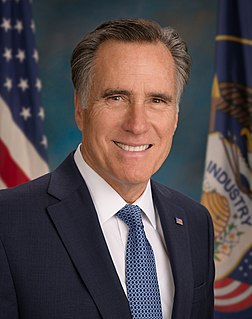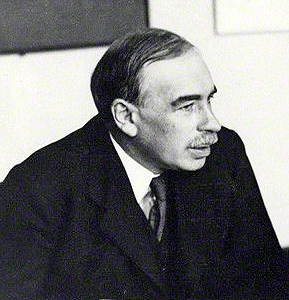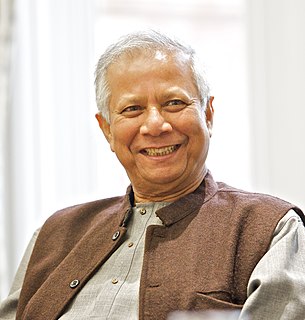A Quote by Paul Ormerod
In most Western economies, the general relationship is not in fact between the rate of inflation and the level of unemployment, but between the rate of change of inflation and the rate of change of unemployment.
Related Quotes
Significant changes in the growth rate of money supply, even small ones, impact the financial markets first. Then, they impact changes in the real economy, usually in six to nine months, but in a range of three to 18 months. Usually in about two years in the US, they correlate with changes in the rate of inflation or deflation."
"The leads are long and variable, though the more inflation a society has experienced, history shows, the shorter the time lead will be between a change in money supply growth and the subsequent change in inflation.
The black unemployment rate has to be twice that of the white rate in the US. If the national unemployment rate were 6.8 percent, everyone would be freaking out. We ought to not take too much solace in the 6.8 percent, but ask ourselves what can we do to bring that down to white rates, which are below 4 percent now. Some of that has to do with education, but that's just part of the story. You find that those unemployment differentials persist across every education level. I think it means pushing back on discrimination and helping people who can't find work get into the job market.
People (a group that in my opinion has always attracted an undue amount of attention) have often been likened to snowflakes. This analogy is meant to suggest that each is unique - no two alike. This is quite patently not the case. People, even at the current rate of inflation - in fact, people especially at the current rate of inflation - are quite simply a dime a dozen. And, I hasten to add, their only similarity to snowflakes resides in their invariably and lamentable tendency to turn, after a few warm days, to slush.
My position is that the rate should align with the level of economic development. Because it is always about a balance, a balance of interests, and it should reflect this balance. A balance between those who sell something across the border and those who benefit from a low rate, as well as a balance between the interests of those who buy, who need the rate to be higher. A balance between national producers, for example, agricultural producers who are interested in it.


































